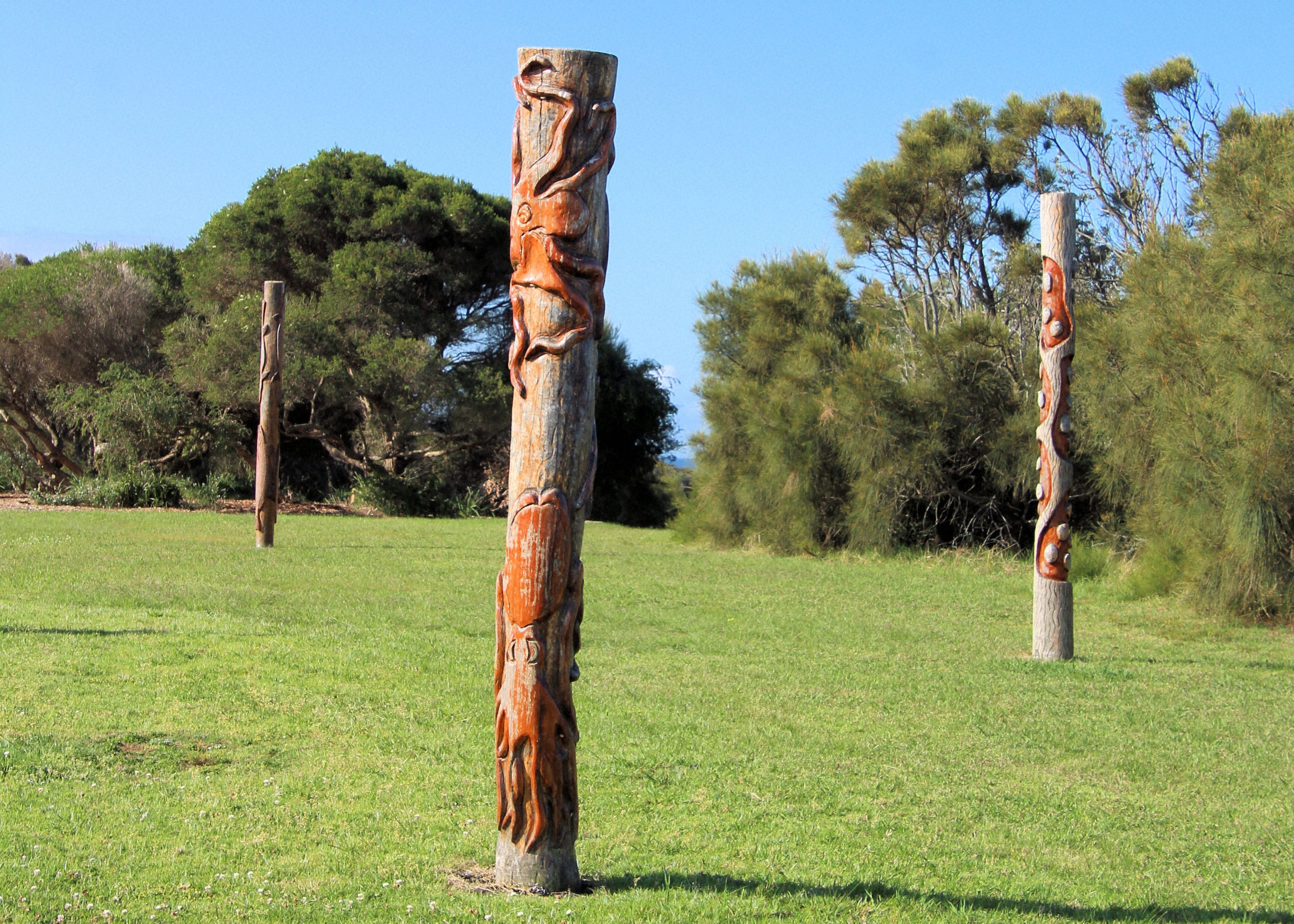Category: Beach
-
Cathedral Rocks Kiama on the NSW South Coast

How to Get There Located three kilometers, north of Kiama, Cathedral Rocks are an unusual volcanic rock formation, famous for their distinctive shape. We viewed them from two locations, up close from Jones Beach and further away from Cliff Drive. Jones Beach has an excellent car park, with easy beach access, making it an ideal… Read more
-
Crookhaven Heads Shoalhaven New South Wales

Crookhaven Heads While travelling to Jervis Bay, we decided to stop at Crookhaven Heads, as it would be a good break and let us see an old lighthouse. A small car park near the Marine Rescue Station is the start of a 5 minute walk to the lighthouse. Crookhaven Heads Lighthouse The walk to the… Read more
-
Jervis Bay

Jervis Bay Located a three-hour drive south of Sydney, Jervis Bay is one of Australia’s most popular holiday destinations. The abundance of white sandy beaches, bush and accommodation makes it a great place to enjoy a relaxing break. With two national parks, there’s plenty of places for nature lovers to explore. Beecroft Peninsula Forming the… Read more